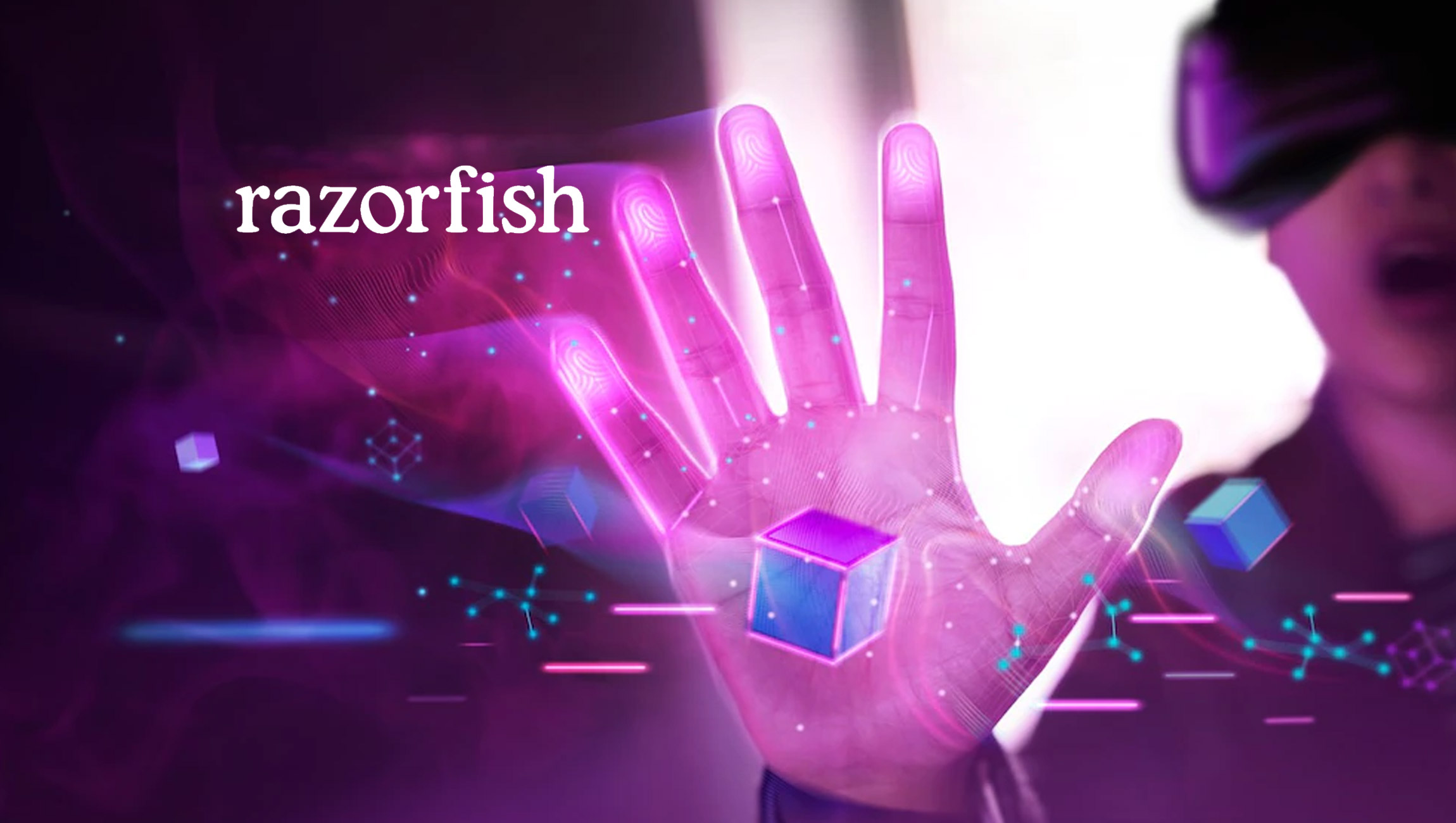As holiday shopping season approaches, new research highlights the clear advantages for brands offering virtual goods to their customers
Razorfish, a global leader in marketing transformation, released findings from a new research study aiming to better understand consumer attitudes around virtual goods and how these perceptions are reshaping digital culture. The study, Unlocking the Real Impact of Virtual Goods, aims to help brands identify opportunities to connect with consumers in the new digital frontier of Web3.
The analysis, which surveyed consumers who currently own or had owned a virtual good within the past year, focuses on consumers’ unique attitudes, perceptions, behaviors, and spending habits. It found that more than 70 percent of these early adopters view virtual goods as equally valuable to, or more valuable than, physical ones.
“The rise of Web3 is exciting because of the amazing potential it has to revolutionize how people engage with the digital world.” – Cristina Lawrence, Razorfish EVP of Consumer & Content Experience.
“The rise of Web3 is exciting because of the amazing potential it has to revolutionize how people engage with the digital world,” said Cristina Lawrence, EVP, Consumer & Content Experience. “We set out to understand consumer perceptions around virtual goods as mechanisms to express themselves and engage in communities. For brands, virtual goods offer new connection points – or even wholly new revenue streams – with these consumers.”
Many are already investing non-essential “play funds” into virtual goods. Of all early adopters surveyed, 38% reported spending at least a quarter of their discretionary income on virtual goods, and 35% spend at least $1,000 on their virtual portfolio. A majority anticipate that they will increase their spend on virtual goods in the coming year.
Marketing Technology News: MarTech Interview with Lindsay (Boyajian) Hagan, VP – Marketing at Conductor
The study also investigated how virtual goods provide perceived luxury:
- Desired acquisition: How branded virtual goods increase everyday consumers’ online influence and enhance their digital identity.
- Emotional importance: How consumers perceive virtual goods produced by both mass-market and premium brands.
- Access and exclusivity: What expectations consumers have about virtual ownership and participation in exclusive communities.
The research results come on the heels of Razorfish announcing its new, experience-driven Web3 capabilities, which included Razorfish Drop, an agile, portable, and turnkey solution that enables brands to develop and productize real-time virtual goods and direct-to-avatar commerce streams with contextual relevance and scale.
Methodology
Razorfish partnered with research firm GWI to develop an online recontact survey sent to respondents meeting strict criteria around virtual good ownership. The 10-minute survey was then distributed to the panel in an online format to 436 respondents ages 16-64, with a skew toward Gen X and Gen Y.
GWI’s recontact methodology enabled Razorfish to reach respondents who completed its core survey within the last 4 waves. Data from that recontact was selectively synced with core data, which consists of more than 35,000 data points.
Marketing Technology News: Solving First-Party Audience Expansion Using AI











